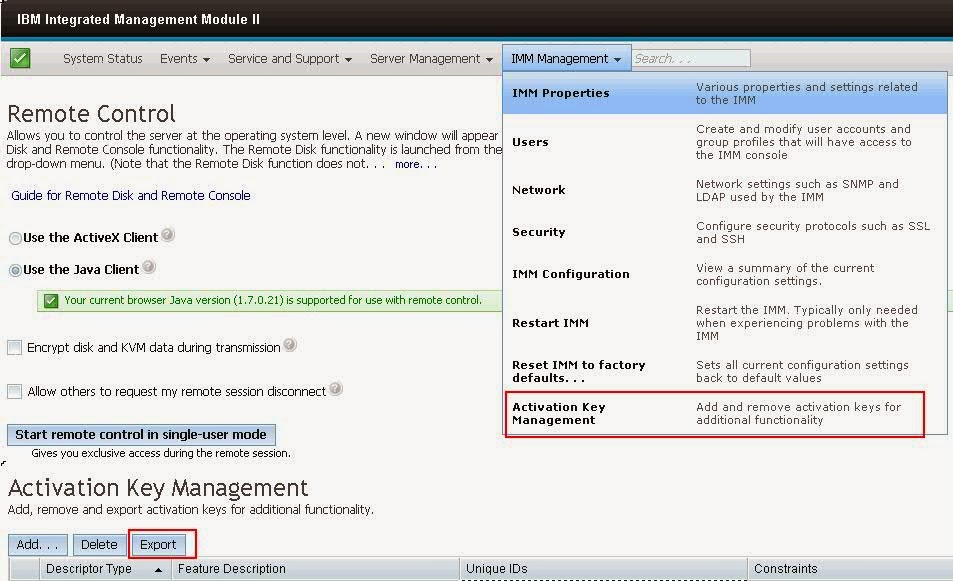"How to setup persistent name binding in Solaris? - Step by Step"
Persistent Name Binding support is available for target devices. This support is provided for users to associate a specified device World Wide Port Name (WWPN) to a specified SCSI target ID.
For driver version earlier than 4.15, it is implemented through both the /kernel/drv/sd.conf and /kernel/drv/qla2300.conf files. The matching between the target device port, the SCSI target ID, and the adapter driver instance happens inside /kernel/drv/qla2300.conf.
For driver versions 4.15 and later, the driver dynamically discovers targets, so no entries in the sd.conf or st.conf files are required. Note that if you disable dynamic discovery of devices (via the hbaX-disable-dynamic-device-support parameter), you must populate the sd.conf and st.conf files as noted above for pre-4.15 drivers.
The Persistent Name Binding support for target devices associates a SCSI target ID to a specified device World Wide Port Name or port ID. If port ID binding is specified it takes precedent over World Wide Port Name binding. In other words, this entry changes the target ID of the specified device to the number specified in the entry.
To enable persistent binding by WWPN, lines of the following format should be added in the qla2300.conf file for each target device:
hba<#>-SCSI-target-id-<#>-fibre-channel-port-name="";
For example, to associate the following WWPN with target ID 2 on adapter instance 1, the entry is:
hba1-SCSI-target-id-2-fibre-channel-port-name="2100002037004ac9";
To enable persistent binding by port ID, lines of the following format should be added in the qla2300.conf file:
hba<#>-SCSI-target-id-<#>-port-id="";
For example, to associate the following port ID with target ID 2 on adapter instance 1, the entry is:
hba1-SCSI-target-id-2-port-id="10031e";
The current effective mapping between device WWPN or port ID and SCSI ID of the target devices detected by a particular adapter instance can be found in the /var/adm/messages file. The information looks similar to this:
qla2300: hba1-SCSI-target-id-2-fibre-channel-node-name="2000002037004ac9";
qla2300: hba1-SCSI-target-id-2-fibre-channel-port-name="2000002037004ac9";
qla2300: hba1-SCSI-target-id-2-port- id="10031e";
qla2300: hba1-SCSI-target-id-3-fibre-channel-node-name="2000002037004ac7";
qla2300: hba1-SCSI-target-id-3-fibre-channel-port-name="2000002037004ac7";
qla2300: hba1-SCSI-target-id-3-port-id="10031f";
IMPORTANT
Unlike other parameter entries in the qla2300.conf file, values indicated in persistent name binding entries for instance 0 do not apply to other instances when there are no entries for the other instances.
Persistent Name Binding entries are optional entries in the qla2300.conf file. These entries do not dictate which devices are scanned by the driver, and do not perform any device masking. Absence of this entry for any given device name or SCSI ID does not direct the driver to perform any type of device masking.
For target devices, if no Persistent Name Binding entries are specified, the default SCSI target IDs assigned are the loop ID of the devices. Please refer to the FAQ section for which default SCSI target IDs are assigned to fabric devices.
For driver version earlier than 4.15, it is implemented through both the /kernel/drv/sd.conf and /kernel/drv/qla2300.conf files. The matching between the target device port, the SCSI target ID, and the adapter driver instance happens inside /kernel/drv/qla2300.conf.
For driver versions 4.15 and later, the driver dynamically discovers targets, so no entries in the sd.conf or st.conf files are required. Note that if you disable dynamic discovery of devices (via the hbaX-disable-dynamic-device-support parameter), you must populate the sd.conf and st.conf files as noted above for pre-4.15 drivers.
The Persistent Name Binding support for target devices associates a SCSI target ID to a specified device World Wide Port Name or port ID. If port ID binding is specified it takes precedent over World Wide Port Name binding. In other words, this entry changes the target ID of the specified device to the number specified in the entry.
To enable persistent binding by WWPN, lines of the following format should be added in the qla2300.conf file for each target device:
hba<#>-SCSI-target-id-<#>-fibre-channel-port-name="";
For example, to associate the following WWPN with target ID 2 on adapter instance 1, the entry is:
hba1-SCSI-target-id-2-fibre-channel-port-name="2100002037004ac9";
To enable persistent binding by port ID, lines of the following format should be added in the qla2300.conf file:
hba<#>-SCSI-target-id-<#>-port-id="";
For example, to associate the following port ID with target ID 2 on adapter instance 1, the entry is:
hba1-SCSI-target-id-2-port-id="10031e";
The current effective mapping between device WWPN or port ID and SCSI ID of the target devices detected by a particular adapter instance can be found in the /var/adm/messages file. The information looks similar to this:
qla2300: hba1-SCSI-target-id-2-fibre-channel-node-name="2000002037004ac9";
qla2300: hba1-SCSI-target-id-2-fibre-channel-port-name="2000002037004ac9";
qla2300: hba1-SCSI-target-id-2-port- id="10031e";
qla2300: hba1-SCSI-target-id-3-fibre-channel-node-name="2000002037004ac7";
qla2300: hba1-SCSI-target-id-3-fibre-channel-port-name="2000002037004ac7";
qla2300: hba1-SCSI-target-id-3-port-id="10031f";
IMPORTANT
Unlike other parameter entries in the qla2300.conf file, values indicated in persistent name binding entries for instance 0 do not apply to other instances when there are no entries for the other instances.
Persistent Name Binding entries are optional entries in the qla2300.conf file. These entries do not dictate which devices are scanned by the driver, and do not perform any device masking. Absence of this entry for any given device name or SCSI ID does not direct the driver to perform any type of device masking.
For target devices, if no Persistent Name Binding entries are specified, the default SCSI target IDs assigned are the loop ID of the devices. Please refer to the FAQ section for which default SCSI target IDs are assigned to fabric devices.

Comments